Report -
Economic Seminar Series 5
Key Economic Challenges in Asia
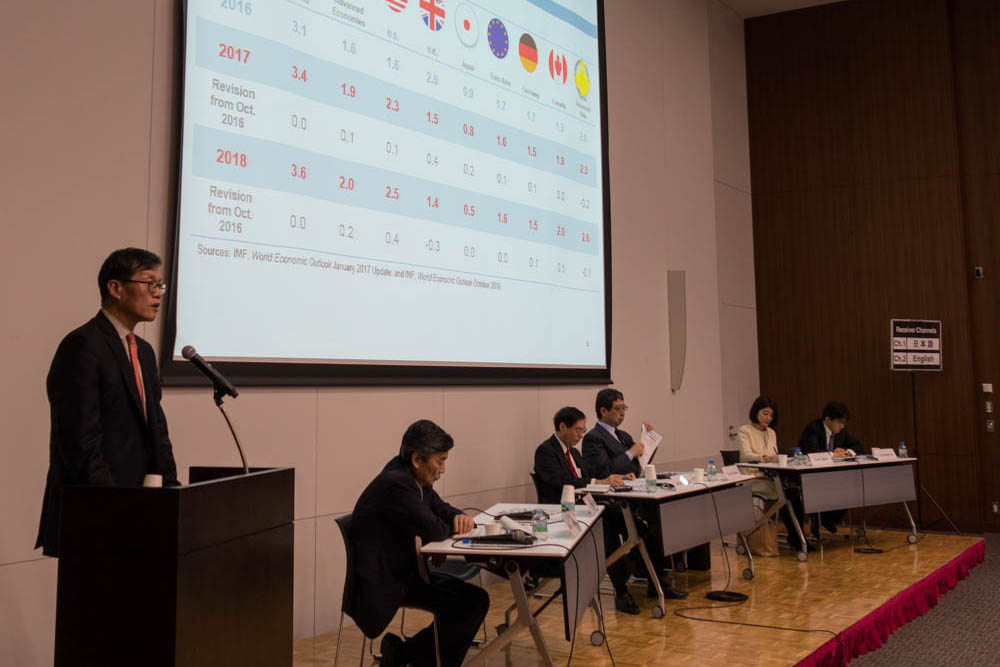
| [Date] | Friday, February 3, 2017, 14:30-17:30 |
|---|---|
| [Venue] | Iino Hall & Conference Center Room A |
| [Hosted-by] | Policy Alternatives Research Institute, the University of Tokyo (PARI) / the IMF Regional Office for Asia and the Pacific (OAP) |
| [Language] | English / Japanese simultaneous interpretation |
Program
| 14:30-16:10 | Session 1 Key Economic Challenges: A focus on Asia and Japan |
|---|---|
|
Commentators:
Dr. Naoyuki Yoshino, Dean, Asian Development Bank Institute Presentation slides Mr. Yoichi Nemoto, President, Policy Research Institute, Ministry of Finance (Former head of AMRO) Presentation slides Ms. Yoko Takeda, Deputy General Manager, Research Center for Policy & Economy, Mitsubishi Research Institute Presentation slides Mr. Chiwoong Lee, Senior Economist, Mitsubishi UFJ Morgan Stanley Presentation slides Moderator:
Prof. Naoyuki Shinohara, PARI, the University of Tokyo |
|
| 16:15-17:30 | Session 2 Modernizing China: Investing in Soft Infrastructure |
|
Commentators:
Dr. C.H. Kwan, Senior Fellow, Nomura Institute of Capital Markets Research Presentation slides Prof. Mariko Watanabe, Economics Department, Gakushuuin University Presentation slides Dr. Xiao Minjie, Senior Economist - China, SMBC Nikko Securities Moderator:
Ms. Leika Kihara, Chief Correspondent, Reuters Japan |
Report
The seminar was co-organized by Policy Alternatives Research Institute (PARI), the University of Tokyo, and the Office of Asia and the Pacific (OAP), International Monetary Fund. It was held at Iino Hall on February 3, 2017, and the conference room was packed with close to 200 people.
The seminar was opened by Prof. Naoyuki Shinohara of the University welcoming the audience and introducing this seminar as the fifth event of the Economic Seminar Series which started a year ago.
Session 1: Key Economic Challenges: A focus on Asia and Japan
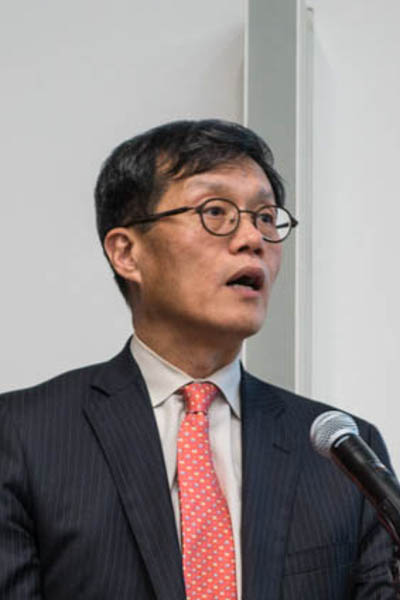
Dr. Rhee
Speaker: Dr. Chang Yong Rhee
Director, Asia and the Pacific Department, IMF
Dr. Rhee explained that IMF believes that the global economy is beginning to grow at a modest level, especially led by US economy. However, the emerging economies are still struggling to recover from low commodity prices. Also, several large economies are experiencing low growth rate. He added that some basic underlying assumptions, such as firming of oil and commodity prices, policy stimulus in China, and positive impact of new US administration fiscal policy and tax cut, were made to reach the above conclusion of the IMF's World Economic Outlook. At the same time, he listed out number of uncertainties that needed to be considered which include new policy package of US economy, a growing consensus that advanced economies may move from monetary to fiscal policy, uncertainty over Brexit, and so on.
On IMF’s Japan outlook, Dr. Rhee feels that compared with the past, recent growth momentum has become stronger than expected due to two factors: rise in external demand and government’s postponement of increase in consumption tax. IMF believes that PM Abe’s effort on wage increase and labor market reforms such as reforming work style will contribute to achieving the 2% inflation target. On the fiscal side, he stated that Japan’s impact of aging population on the level of real GDP is high. Therefore, it has to introduce medium-term fiscal anchor to address the sustainability issue. At the same time, Japan has to introduce gradual increase of consumption tax rate.
Next, Dr. Rhee indicated that in recent years, global and Asian economic growth rate has become much lower than IMF’s expectation. Asia may also need to worry about the emergence of "New Mediocre" with low growth, low inflation and low interest rate. Three broad groups appear in Asia when talking about the new mediocre. The first group includes Japan which has experienced significant slowdown of potential growth rate; the second group includes countries for which rapid age decline and demographic pressure is looming; and the final group includes fast growing economics, which will face spillover effects of stagnation from other Asian nations.
In conclusion, Dr. Rhee discussed some of the implications of such a situation on the monetary, fiscal, and structural policies of these nations and stated that in the last 20 years Japan has tried number of things, which other Asian economies can learn from.
Discussions
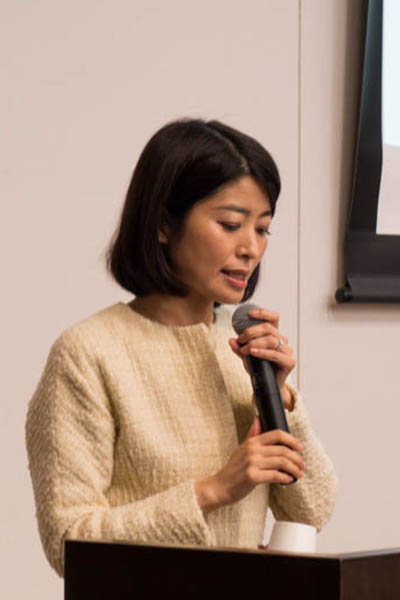
Ms. Takeda
Ms. Yoko Takeda
Deputy General Manager, Research Center for Policy and Economy, Mitsubishi Research Institute (MRI)
Ms. Takeda presented two perspectives for Asia and the global economy. First is the rapid advancement of digital technology which may evoke a paradigm shift of global competition and second is huge middle and lower income class emerging in Asia. By 2030, AI, IoT, and robots would evolve which will present opportunities and disadvantages for Asian economies. Next, the middle and high income class in Asian economies will grow from 2 billion in 2014 to 3.4 billion by 2030. As a result, the consumption would go up significantly. Ms. Takeda agrees that Japan faces near to zero growth rate in the future and listed out three prescriptions to solve this problem: technology innovation, performing economic system reform, and more risk taking by corporate sector.
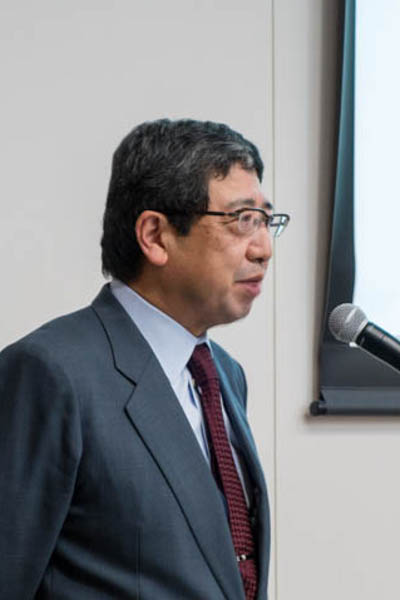
Mr. Nemoto
Mr. Yoichi Nemoto
President, Policy Research Institute, Ministry of Finance of Japan
Mr. Nemoto stated there are two positive policy developments in ASEAN countries: one, more flexible exchange rates to absorb shocks and second, some East Asian countries are moving toward more sound fiscal policy. However, along with this, there are three policy challenges in the region: possible capital outflows from EMs, slowdown in trade in ASEAN countries, and population aging. Mr. Nemoto also stated that global shocks can bring about rapid capital outflows from emerging economies. He also said that the slowdown in trade in ASEAN countries is also a significant challenge in the region.
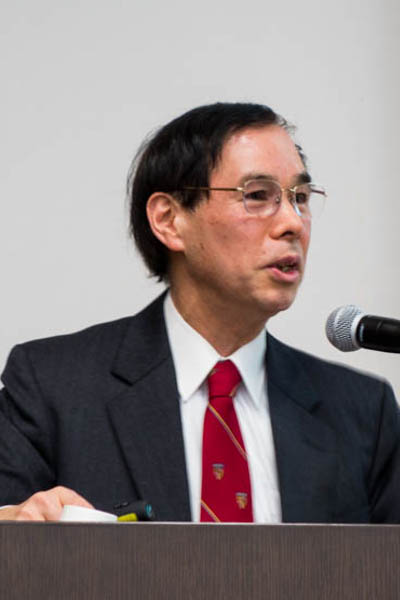
Dr. Yoshino
Dr. Naoyuki Yoshino
Dean, Asian Development Bank Institute
Dr. Yoshino believes that Japan’s problem emanates vertical IS curve. He believes in gradual change of consumption tax rate as a solution. He also proposed that if elderly people in Japan are made to work based on productivity wage rate, then per capita tax rate will decline and consumption will increase. Next, he pointed out that Japanese rate of return on the asset is lowest among OECD countries. However, in an aging society, in order to keep their lifestyle, the rate of return has to be high. He believes that Japan will lose money if pension funds are invested in US infrastructures due to poor rate of return.
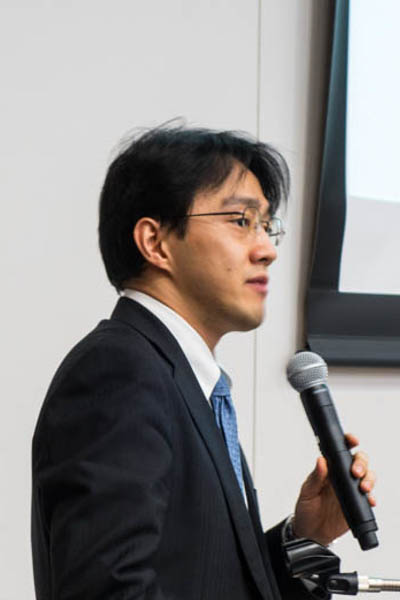
Mr. Lee
Mr. Chiwoong Lee
Senior Economist, Mitsubishi UFJ Morgan Stanley
Mr. Lee informed that after the financial crisis, many countries including US tried to protect themselves using anti-dumping measures. One reason for the US to use these measures was slow economic recovery pace. So, the US has to find ways to tackle their “twin-deficit” problem related to fiscal and trade deficit. In fact, it faced the same problem in the 1970s-80s when it came up with Plaza Accord in 1985 and asked Japanese auto makers to restrict their exports. So, Mr. Lee believes that this time China will be the target of US protectionism measures because it contributes the highest in US trade deficit.
Question and Answer Session followed, moderated by Prof. Naoyuki Shinohara
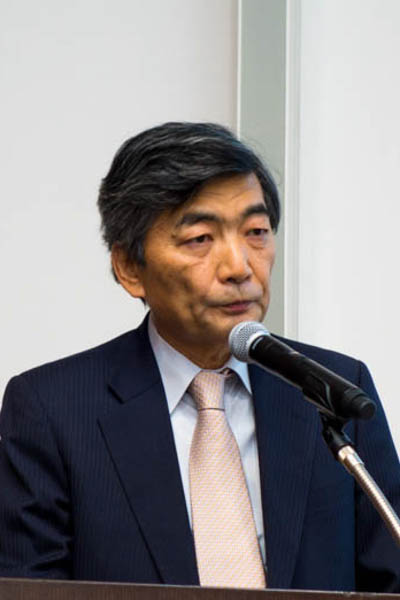
Prof. Shinohara
First, Dr. Rhee noted that his comments on “secular stagnation” and “new mediocre” focused more on a subset of Asian economies whereas Ms. Takeda’s optimistic picture covered all of Asia. Furthermore, on Dr. Yoshino’s vertical IS curve hypothesis, he explained that the real issue was whether monetary policy could solve lower growth problem. The idea was that population and structural factors are more important reasons for investment not growing and unless these factors were addressed the growth would be lower.
Q: In US, the Trump administration is blaming the exchange rate issues for its problems.
Dr. Rhee replied that IMF does not want to prejudge the kind of trade and economic policies the new administration will implement. Further, he stated that behind the exchange rate controversy, the real issue is US bilateral trade deficits with respect to its large trading partners.
Q: Regarding Japan’s budget, what is the exact balance between reducing budget and extending work life?
Dr. Rhee answered that what IMF learned from Japan is that it is better to build social safety net before becoming an aged society. Otherwise, the problems that emanate from an aged society are not easy to solve.
Dr. Yoshino replied that using detailed simulation one can compute exact relationship between the years retirees have to work longer and the amount of social security that can be reduced.
Ms. Takeda informed that by 2020, baby boomers will surpass 75 years of age leading to higher healthcare costs. Hence, companies can take lead in creating business out of innovation and new technology.
Q: What are the best prescriptions for Japanese economy, for both monetary and fiscal side?
Dr. Rhee replied that IMF’s recommendation is to build a medium-term anchor first and then use short-term fiscal policy to react to the shock.
Mr. Nemoto agrees that increase of medical expenditure does not necessarily come from aging. It also comes from the increase in medical and drug prices. Therefore, it is important to find a way to control medical costs in both aged and non-aged groups.
Q: If Japanese companies hire more people in the global sales and marketing, will that help them to have profits on the sales side?
Dr. Yoshino replied that if Japanese companies sell products overseas but their people stay in Japan, then IS curve will become downward sloping.
Mr. Lee replied that given all other things remaining constant, weaker currency might help exports, which is especially true for Japan.
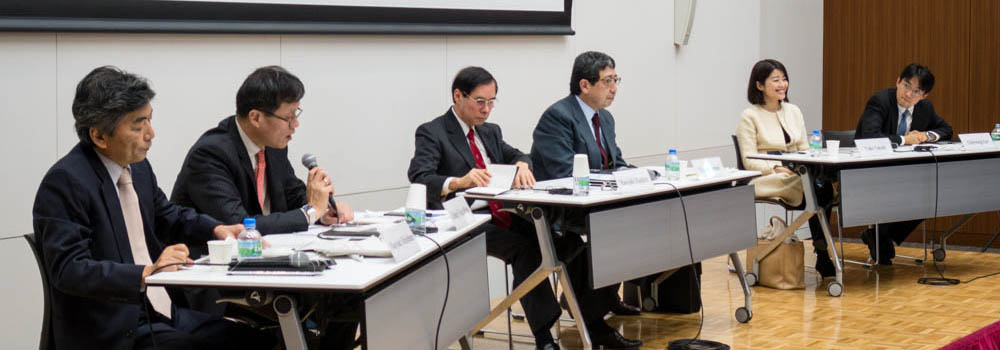
Session 1
Session 2: Modernizing China: Investing in Soft Infrastructure
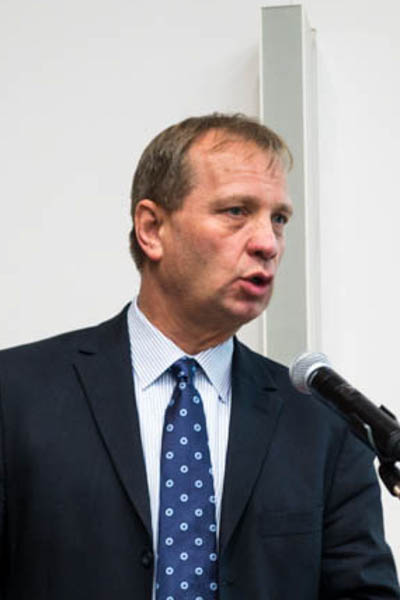
Dr. Schipke
Speaker: Dr. Alfred Schipke
Senior Resident Representative in China, International Monetary Fund
At the outset, Dr. Schipke introduced a new book titled "Modernizing China" co-authored by the IMF staff as a basis for today's discussion.
Dr. Schipke explained that China’s growth has been coming down in the recent years, which means the growth model that has worked for China in the past 30 years is in need of rejuvenation. However, rebalancing the Chinese economy is a momentous task.
In terms of rebalancing, China has made progress from external to domestic demand. Consumption has picked up and the service sector is growing, but investments and savings remain high. However, China is lagging in some areas including rising debt levels. Furthermore, China has seen economic liberalization in the last decade, but the market is not fully fulfilling its functions. In this regard, he commented on certain key frameworks.
First is the fiscal policy framework, especially that of local government. The deficit level of the combined local and central government (so called augmented deficit) is in the magnitude of 10-11% of GDP. Key driver of fiscal deficit is local governments. Next is tax policy and tax administration. China’s tax burden is not high, and its impact on income redistribution is very limited because the tax is tilted toward indirect taxes. Third is addressing social security system issue in China. Population aging is rapidly advancing in China, Dr. Schipke believes parametric reform can work because retirement ages are low.
Second is the framework of monetary and financial policy and exchange rate. Relying on a quantitative target is not working well for China because the correlation between inflation and growth is significantly declining. That implies moving toward a more interest-based framework. In terms of capital account framework, Dr. Schipke informed that the liberalization seen in the capital account side has been broadly in line with IMF’s institutional view. However, with regard to Renminbi internalization, measures taken in the last few months may have had adverse impact on Renminbi internalization and liquidity has somewhat tightened. Dr. Schipke regards financial system as an area where the strengthening of frameworks is critically important. He states that linkages are becoming complex and products are opaque.
Next is the reform of state-owned enterprise to achieve efficient allocation of resources. He explained that a lot of corporate debt problems come from SOEs. Therefore, China ought to be dealing with existing stock of debt by triaging, allowing exits, and hardening budget constraints. Lastly, he concluded by saying that while China’s economy is becoming large and complex, the public institutions dealing with these reforms are thinly staffed and emphasized the importance of strengthening headquarter staffing in public administration.
Discussions
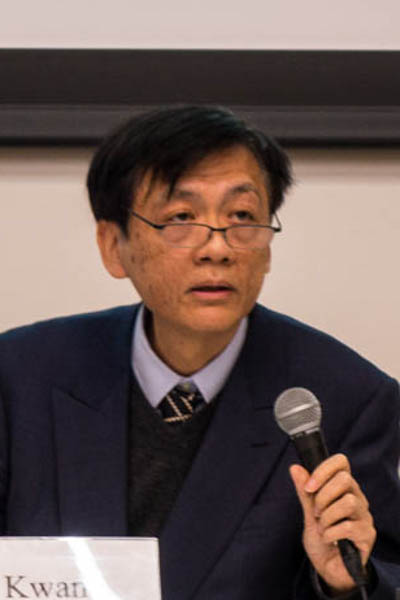
Dr. Kwan
Dr. Chi Hung Kwan
Senior Fellow, Nomura Institute of Capital Markets Research
Dr. Kwan commented that since 2011, China’s growth rate has dropped sharply to below 7% due to a shift from labor surplus to labor shortage. Labor shortage in China occurred due to two reasons: China’s working age population has started to decline and surplus labor in rural areas has dried up due to migration. Next, during 1995-2011, China’s economy grew at 9.9% a year, which can be broken into three parts: 0.7% due to rising labor input, 5.3% due to rising capital input, and 3.7% due to total factor productivity growth. He remarked that these numbers cannot be sustained overtime. Finally, Dr. Kwan suggested two ways through which China can raise productivity growth: by promoting innovation, by improving allocation of resources through industrial upgrading and through ownership reform.
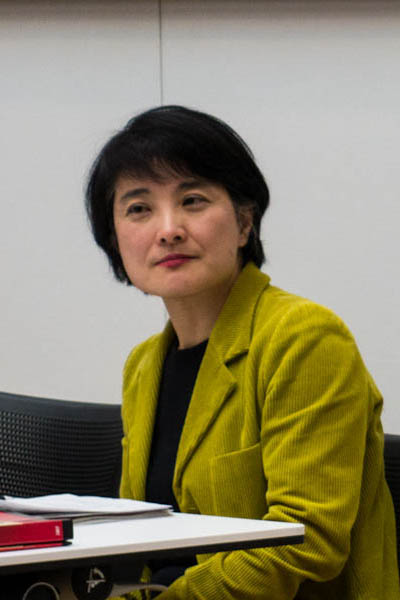
Prof. Watanabe
Prof. Mariko Watanabe
Faculty of Economics, Gakushuuin University
Prof. Watanabe explained that China is under rapid and drastic industrial transformation with both progressive and regressive forces present. SOEs are managing the old sunset industries whereas competitive and innovative industries are monopolized by the private sectors. Further, she states in China, institutional void is wide spread. As a result, dysfunctional institution exists, which have many issues such as overcapacity and problem with exits. Also, most SOEs are heavily subsidized by the government. Finally, Prof. Watanabe talked about how the private sectors are losing out on competition because of huge subsidies to SOEs. She feels that one solution could be for international community to put pressure on the Chinese government.
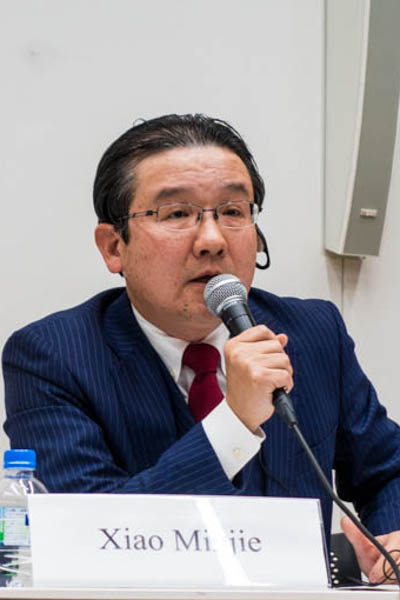
Mr. Xiao
Mr. Xiao Minjie
Senior Economist - China, SMBC Nikko Securities
Mr. Xiao Minjie believes that in China, there are old economy as well as innovations taking place at the forefront. However, the bigger question for China is to understand the barriers which need to be removed for reforms to take place. His rationale is that much resistance is coming from vested groups. Furthermore, people do not support reforms, because they have not benefited much from the economic progress. Referring to a book about Chinese socialism and Chinese Communist Party, he stated that CCP is not taking the perspectives of the Chinese people and are busy defending and protecting their own system. So, the book proposes that for reform to work, Chinese people’s perspectives has to be taken and applied and the benefit coming from reforms has to be enjoyed by the people.
Question and Answer Session followed, moderated by Ms. Leika Kihara, Chief Correspondent of Reuters Japan.
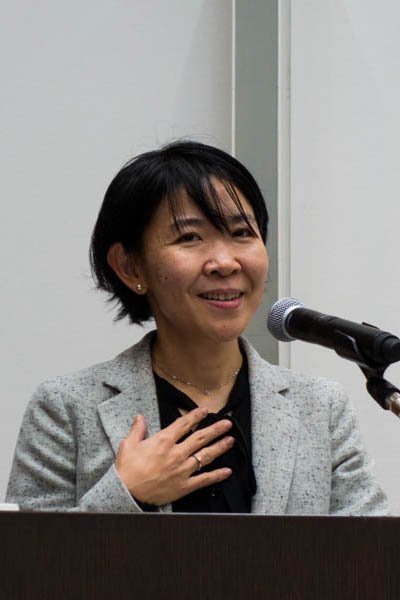
Ms. Kihara
Q: Given the geopolitical challenges, should rebalancing be the primary issue for China?
Dr. Schipke stated that in China the reason for saving rate remaining high is not fully understood. Also, although consumption has picked up, it has not been enough, especially in the context of rebalancing.
Dr. Kwan replied that under new normal, consumption is going up against GDP. This is because the income gap is narrowing down as wages have gone up more than GDP growth rate and blue collar and low income earners have benefited greatly from this wage increase.
(note) The responsibility for the wording of this summary report lies with Prof. Naoyuki Shinohara.
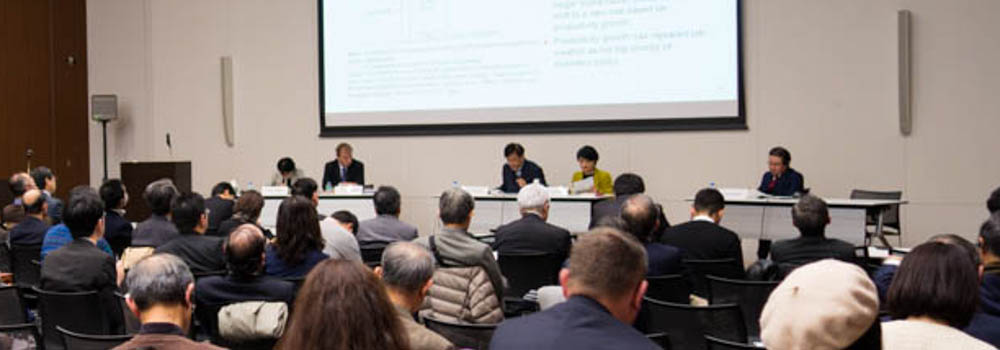
Session 2


